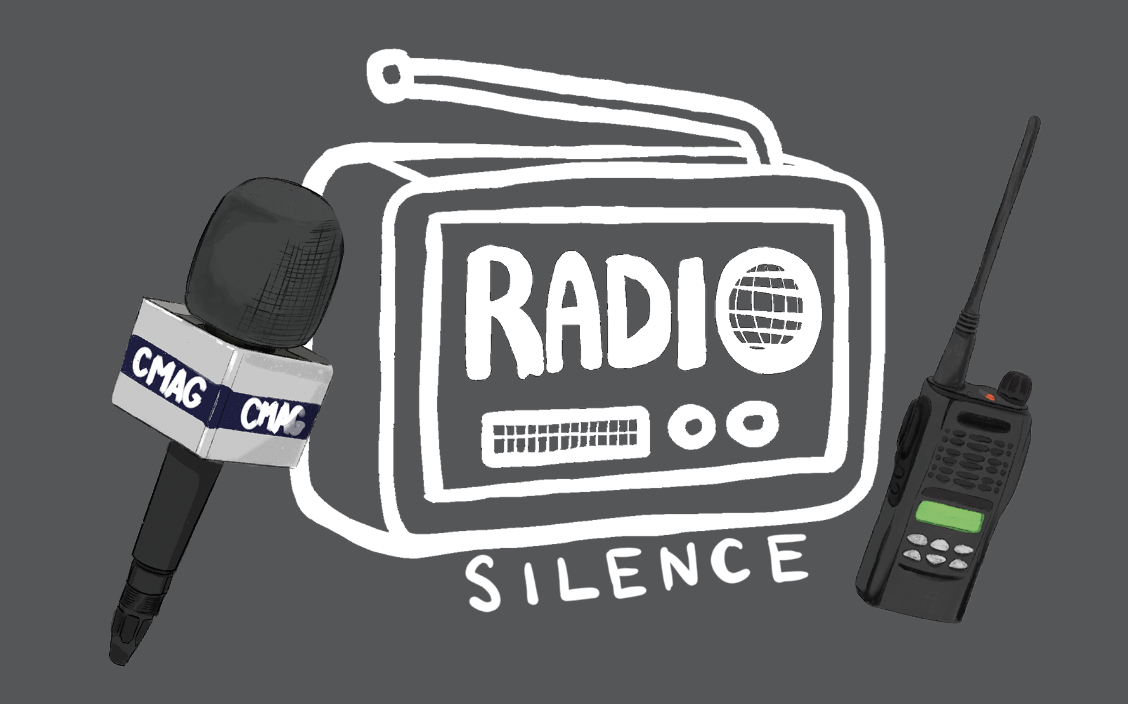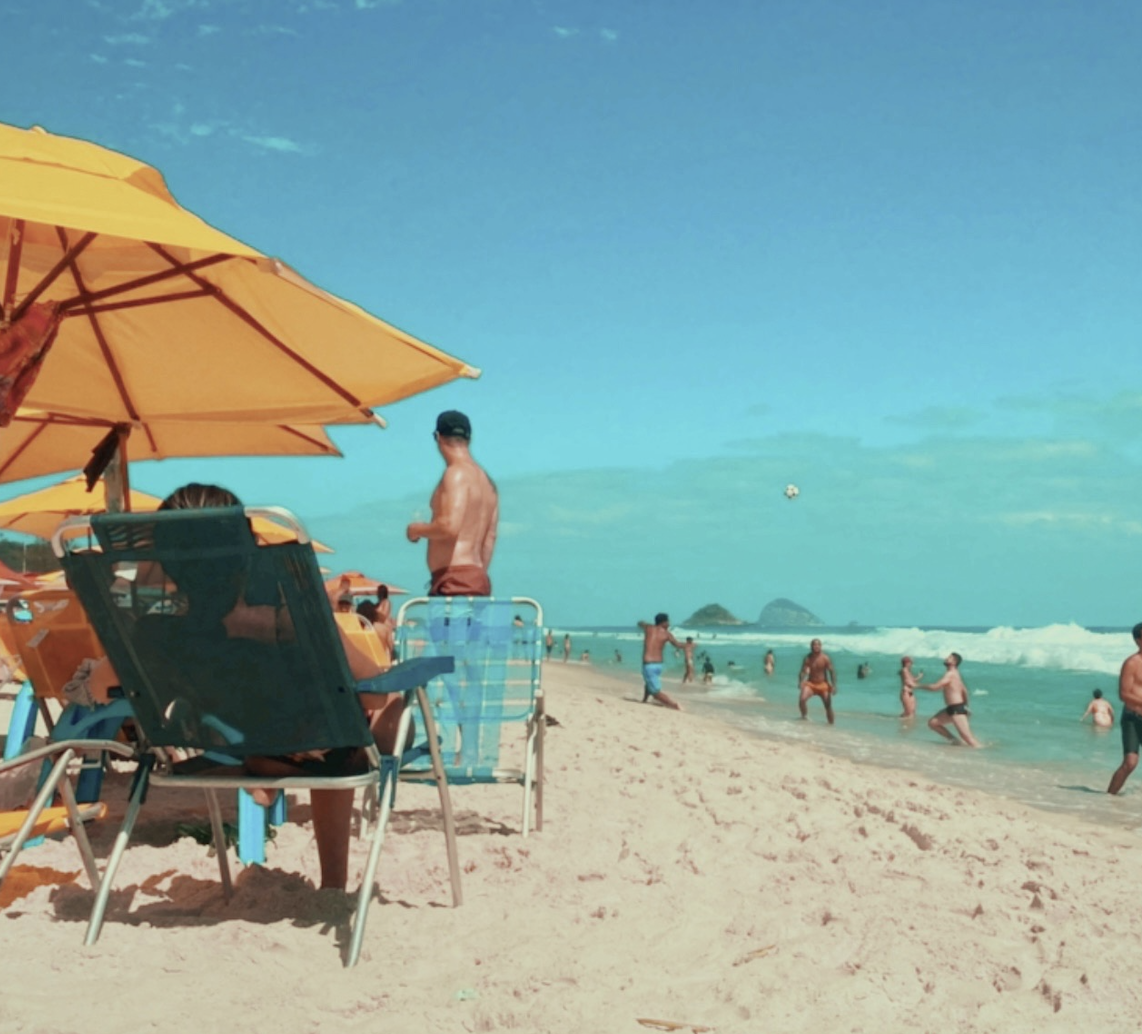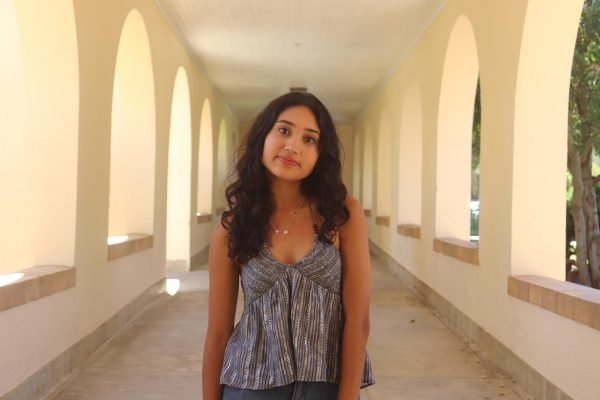From community pools to park lawns, teenagers sprawl on beach chairs and blankets, hoping to catch some rays of sunshine. For many, tanning is a summer staple, where crisp tan lines and bronze skin are the ideal outcome. Yet, this popular activity has raised much controversy on the basis of health concerns and cultural appropriation, prompting many to ask: When does tanning become an unhealthy habit?
The Sunny Side:
The groups of teenagers that flock to sandy beaches and tan don’t do so just for a sun-kissed look — they do so because tanning is also an escape that boosts confidence while promoting relaxation. Laying in the sun is a perfect way to soak up the sunshine vitamin, vitamin D. According to the Mayo Clinic, vitamin D promotes humans’ immune health and helps keep muscles and brain cells working. But, according to dermatologist Dr. Jesse Schwartzberg, we often overestimate both the necessary intensity and frequency of this exposure.

“Sun exposure is required for vitamin D absorption,” Schwartzberg said. “But only about 15 minutes a day are required.”
Tanning also touts the benefits of increased emotional health and general well-being. It’s clear that the sun feels warm and comforting to those constantly subject to gloomy weather. Many teens, including junior Mila Bynum, view tanning as a way to unwind in their free time, especially after a long week.
“Tanning is super relaxing,” Bynum said. “It allows me time to chill out, read a book and hang out with my friends.”
While in Palo Alto it’s common for teenagers like Bynum to soak up hundreds of days of sunny weather, this isn’t the case for everyone. For some, tanning beds, fake tans and bronzing creams are the only routes to acquiring a tanned appearance. Palo Alto High School parent Helen Piekos believes that tanning beds have a greater use than just darkening one’s skin tone.
“In Montreal, in the ‘80s, there was a tanning salon every few blocks,” Piekos said. “Because the winters were long and cold, we would use tanning beds to get warm and feel the heat of the machines. It was a time to relax, disconnect and meditate. It was quite expensive, but so worth it.”
Glow Around the Globe:
Beyond its role as a relaxing summer activity, tanning is deeply connected to standards of beauty throughout the world. Angel Roque, a professor of cultural anthropology at De Anza College, notes the differences in how tanning is seen across the globe. In Western cultures, Roque said, being “tan” is viewed quite differently than in other places.
“Tanning, at least among white people, seems to be associated with health and leisure,” Roque said.
For young people in Western countries, like the United States and Australia, tanned skin is considered an ideal look. CiCi Cowing, the founder of a pop-up airbrush tanning business in Berkeley — Spray Tans By CiCi — believes that the urge to tan comes from the modern-day beauty standard.

“As soon as the weather warms up, people start wearing shorts and dresses, and many feel insecure about having pale skin,” Cowing said. “Being tan is often associated with looking healthy, fit and ‘glowy,’ which creates pressure to achieve that look, especially in social settings like college.”
According to Sun&Skin, one of the various publications from the Skin Cancer Foundation, tanning represents having both free time to go outside and the luxury of traveling, exemplifying Roque’s allusion to health and leisure.
Despite the modern perspective, beauty standards were not always like this. Throughout his education, Roque, like many others, has delved into how these beauty standards have changed and adapted to European values throughout history.
“European colonial domination and the slave trade created and institutionalized discriminatory practices against darker skin tones in societies around the world,” Roque said. “White, i.e. European, phenotypic features came to be valued aesthetically and socially.”
Though this perception of skin tone still exists in many parts of the world, it can differ in certain places due to cultural differences in values. For instance, while colonial influence put white features on a pedestal in many societies, contemporary beauty standards in some Western and Latin American cultures now prize tanned or darker skin. Junior Ella Suriani believes tanning standards also have an influence on her own culture.
“I’m from Brazil, and it’s a big part of the beauty norm that the tanner you are, the prettier you are,” Suriani said. “But if you fake tan, it’s really poorly seen.”
 This cultural expectation of beauty is mirrored in Brazil’s neighboring country, Argentina. Freshman Alegria Dorigo, who is both Argentinian and German, feels that there are big differences between Latin American and European cultures.
This cultural expectation of beauty is mirrored in Brazil’s neighboring country, Argentina. Freshman Alegria Dorigo, who is both Argentinian and German, feels that there are big differences between Latin American and European cultures.
“In Argentina, having glowing or tanned skin is viewed as the beauty standard,” Dorigo said. “In Germany, the beauty standard is pretty mixed. People think it’s pretty to have a little bit of a tan, but pale skin is totally normal, too. You don’t have to be tan to be seen as pretty.”
Similarly, numerous East Asian cultures, according to Roque, believe that having the palest complexion makes you more youthful, and this has been used as a symbol of wealth and beauty over the years.
“In many Asian societies, before contact with Europeans, skin color was associated with class status,” Roque said. “People with darker skin tones were viewed as lower class because their tanned skin denoted the need to labor outside.”
Junior Liam Li has observed how perceptions of skin tone in China were not often influenced by outside cultures due to limited foreign interaction throughout history and a predominantly monoethnic population.
“If you look at Chinese history, it has always been very isolated,” Li said. “Foreigners are really rare to come by, and the ones that show up most of the time are on the whiter side.”
Tanning has also become more controversial due to the growing conversations about the discrimination against people of color due to their natural skin tone. In contrast, others — often individuals with paler complexions — are praised for their artificially tanned skin without facing stigma or consequences. Senior Ethan Wang believes tanning plays a role in this appropriation.
“Big changes in [altering one’s] skin color can be seen as cultural appropriation, as [the changes] mimic marginalized groups without facing the discrimination,” Wang said.
This draws attention to a different type of problem and upholds double standards about beauty standards.
In recent years, the increased popularity of tanning has led it to become a trend on online platforms. Bynum has witnessed social media’s influence on current trends, where influencers flaunt their vacations, “trendifying” tan lines and increasing the “tanning aesthetic.”
“The more people [who] are online, the more pressure they might feel to be more like the influencers they worship,” Bynum said. “Seeing all our favorite influencers go out to tan definitely plays a role in our generation’s actions.”
Exposure to different tanning styles and habits also shapes viewers’ actions when it comes to actually going out and doing it, a social media effect that Suriani describes. 
“It’s become a trend to tan as soon as the sun comes out, seek the highest UV [ultraviolet rays] and toast in the sun for however long you can,” Suriani said. “But there’s a disconnect on what you should do to get the safest, prettiest tan and what people are actually doing.”
The Price of Bronze:
For a while, there has been a large disconnect between tanning trends and serious health risks — one of the biggest being skin cancer.
Many people who have experienced multiple sunburns, especially ones that caused blisters, face a higher risk. Those with fair skin, light eyes, and light hair are more vulnerable to sun damage, as well as people who have used tanning beds, have had skin cancer before or have relatives who have been diagnosed with it.
Beyond just sunburns, Schwartzberg believes that monitoring changes in the skin is of great importance.
“People should be aware of their moles and check them to make sure they haven’t changed in shape, color, size or grown significantly or quickly,” Schwartzberg said. “Any growth on the skin should be evaluated by a dermatologist, and a checkup once a year is mandatory.”
It is important to be aware of the sun’s widespread effect, strength and at what times you may be more at risk from its rays, Schwartzberg said; harmful UV rays can be found everywhere and at any time of day.
“UV rays bounce off water and snow, find their way through clouds onto your body and even go through the window of your car or home,” Schwartzberg said.
Instead of taking steps to protect their skin, many tanners seek the fastest and darkest tan possible by avoiding sunscreen or lying out for an unhealthy amount of time. Melanin, the pigment that causes the darkening of the skin, serves as a natural defense against ultraviolet rays but does not fully protect the skin from damage. Schwartzberg strongly advocates for sunscreen use, no matter what you are doing.
“Sunscreen is made to protect from sun damage caused by harmful ultraviolet rays to not burn the skin,” Schwartzberg said. “But you will still get darker in the sun even with sunscreen because the body still detects the presence of light and heat which stimulates more melanin production, just not the same intense, fast and extreme burning.”
Golden Rules:
 For those who choose to tan, there are significantly less damaging ways to do so if one can alter their harmful habits to prioritize their health. An ideal routine can be hard to find, yet Schwartzberg suggests an SPF of 50, that should be reapplied when getting out of water and at least every 2 hours. In addition to sunscreen, she recommends using physical protection like hats, sunglasses and protective clothing.
For those who choose to tan, there are significantly less damaging ways to do so if one can alter their harmful habits to prioritize their health. An ideal routine can be hard to find, yet Schwartzberg suggests an SPF of 50, that should be reapplied when getting out of water and at least every 2 hours. In addition to sunscreen, she recommends using physical protection like hats, sunglasses and protective clothing.
Wearing sunscreen should not only be a priority when outside for long periods of sun exposure — it should also be integrated into everyone’s daily skin routine. According to Dr. Alan Hunter Shain, an associate professor of Dermatology at UCSF, one of the most important aspects of skin protection is consistency.
“Daily usage of sunscreen is a fantastic idea, but if it is too cumbersome for you, then, please, at a minimum, use sunscreen when you are outdoors during peak daylight for more than 15 minutes, especially during the summer months,” Shain said.
However, Schwartzberg says that many have the misconception that sunscreen is not necessary, and that it is dangerous or toxic for the skin due to the controversial chemical list. Among Schwartzberg’s preventative advice is a breakdown of some sun protection products. Products with fewer ingredients, such as mineral sunscreens, are highly recommended by Schwartzberg and her colleagues, namely those with titanium dioxide and zinc oxide.
While fake tanning might be seen negatively in some cultures, it can offer a safer alternative. As the owner of a fake tanning business herself, Cowing is very familiar with the different ways to self-tan.
“Airbrush tanning is very safe,” Cowing said. “I use a non-toxic, professional-grade solution. It’s a great substitute for UV exposure, providing a natural-looking tan without skin damage.”
The best way to incentivize using safe alternatives is to understand the potential consequences of tanning without them. Suriani feels that the biggest thing to consider is whether the underlying skin damage is worthwhile.
“Once you find out the damage that sun does, you start weighing the benefits of being ‘pretty’ for a couple months versus having [damaged] skin forever,” Suriani said.
Despite the health concerns, the appeal of tanning remains strong for Suriani and other teens. Whether it is for the aesthetic or just to hang out with friends, tanning continues to be a popular way to spend sunny summer afternoons.
Similar to other trends, it comes down to balance and awareness. By wearing sunscreen and limiting exposure to direct sunlight, it is possible to still enjoy the sun-kissed look without putting yourself or your skin at harm.
“Love the sun, but love your skin more because [sun] scars never look good in any season, “ Li said.
While tanning can offer aesthetic and emotional benefits, it is important to recognize the potential risks surrounding it. As tanning remains a popular trend, practicing safe habits like using sunscreen, limiting exposure and using other self-tan methods helps ensure the formation of healthier habits. The perfect glow should never come at the cost of your future health.














